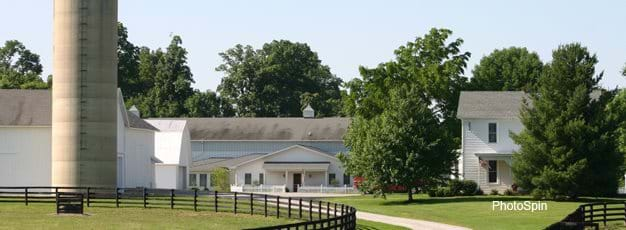Lowering the Income Cap for Farm Payments Would Affect Few Farmers

A substantial portion of farm program payments go to large farms and high-income farm households. In 2005, commercial farms (with sales of $250,000 or more) represented 9 percent of farms but producers associated with these farms received 54 percent of all payments. The principal farm operators of these large farms had average household income of approximately $200,000, more than three times the average for all other farm households.
One way to reduce payments to high-income farmers is to reduce the income eligibility cap, which is currently $2.5 million. USDA’s 2007 farm bill proposal recommended reducing the income eligibility cap to $200,000. It also proposed eliminating the exception for those with at least 75 percent of their income from farming, ranching, or forestry operations. In July 2007, the U.S. House of Representatives passed farm legislation (H.R. 2419) that would reduce the cap to $1 million. These proposals have generated interest in understanding the number and location of high-income farmers that could be affected by a reduced income cap. ERS used 2004 Internal Revenue Service (IRS) tax return and Agricultural Resource Management Survey data to examine the effects of a $200,000 income cap, the lowest proposed cap.
The income cap would be based on adjusted gross income (AGI), a tax-defined term comprising taxable income from all sources, including farming. Operators of more than 90 percent of all farms file their tax returns as farm sole proprietors. Based on 2004 IRS data, 84,932 farm sole proprietors (about 4.2 percent of all farm proprietors) had AGI over $200,000. Because not all of these farm sole proprietors received payments, it is estimated that only about 1.2 percent of farm sole proprietors potentially would be affected by a $200,000 limit. Even after factoring in the 8 percent of farms organized as partnerships and corporations (which are more likely to receive payments), only about 1.5 percent of all farms potentially would be affected by a $200,000 income cap.
The Northeast and West regions report the largest share of farm returns with AGI over $200,000, while the Corn Belt and Plains States have the lowest shares. The shares range from 1.5 percent of farm sole proprietors in North Dakota to 13.4 percent for New Jersey.
Only about one-fourth of farm sole proprietors with an AGI over $200,000 reported positive farm income in 2004, with an average farm income of $45,000. In aggregate, farmers with AGI over $200,000 reported an average farm loss of $23,600. For the overwhelming majority of these farmers, farm income and government payments account for a relatively small share of total household income.
Effects of Reducing the Income Cap on Eligibility for Farm Program Payments, by Ron Durst, USDA, Economic Research Service, September 2007


